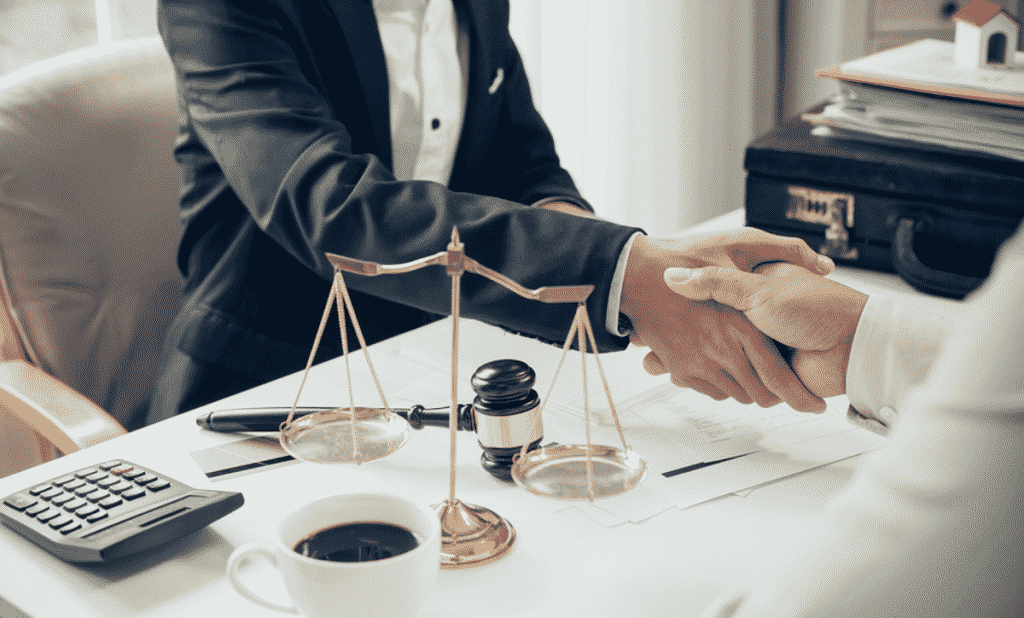More than 45 million people regularly ride bicycles in America based on the latest reports. That number has been growing steadily for the last several years as more people discover all the benefits of cycling. Some routinely take to the streets and trails on their bicycles because it’s an affordable and environmentally friendly means of transportation. Others do so because of all the health advantages of cycling. No matter what your reasons may be, it’s important to keep all the essential safety measures in mind.
Protecting Your Best Interests
As the number of people who ride bicycles increases, so does the number of injuries resulting from accidents. That means an ever-growing number of people need to understand what to do after they’ve been in a bicycle accident. As is the case with other types of accidents and personal injuries, cyclists have rights. Knowing what your rights are and how to ensure they’re upheld is crucial. Knowing how to proceed after a bicycle accident will also help you be prepared if things take a turn for the worse while you’re riding.
Looking at the Scope of Bicycle Accidents
According to information from the Centers for Disease Control and Prevention, cyclists are more vulnerable to accidents than all others on the roadways. During the last year for which details have been made available, an estimated 467,000 people were injured in bicycle accidents. More than 800 cyclists are killed as a result of being struck by passenger vehicles each year. Studies show that cycling on the roads is becoming ever more dangerous these days.
What to Do After a Bicycle Accident
After being involved in a bicycle accident, the first thing you should do is receive medical care. Even if you don’t think you were badly injured, being checked out by paramedics and visiting a local emergency room is crucial. Thanks to adrenaline, your injuries may be much more serious than you realize. Hopefully, you wear a helmet while riding even if the laws in your area don’t require it. Helmets go a long way toward preventing head injuries. Still, the rest of your body is certainly vulnerable to trauma.
If you’re able to, consider taking pictures of the accident scene, including any damage caused and any factors that could’ve contributed to the situation, such as potholes, ice on the road, and hidden road signs. Gather contact information from any witnesses to the accident as well. Their statements could be essential later on. Be sure to get the contact and insurance information of any passenger vehicle drivers who were involved, too.
Setting the Stage for Success
From there, contact an attorney. Though the situation may seem straightforward at first, any number of issues could arise when it comes to receiving compensation for your injuries. The driver who caused the accident may have insurance coverage, but his or her policy may not cover all your injuries. There’s a chance the insurance company will try to avoid paying any related claims as well. If you need to pursue the matter further, an attorney will be crucial to the process. Legal professionals can also help prove the extent to which the other party was at fault among other important aspects.
All the actions you take following a bicycle accident have the potential to impact your case. Receiving emergency medical care begins the process of documenting your injuries. Follow-up care further foster the paper trail. Having contact information for witnesses and photos of the accident scene can strengthen your case and aid in proving who is at fault. Having an attorney on your side can make a world of difference as well. Also remember, it’s important to act quickly as there may be a statute of limitations on how long you have to pursue the matter.

